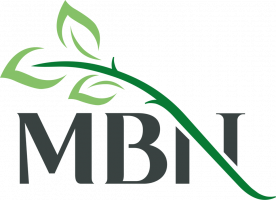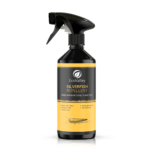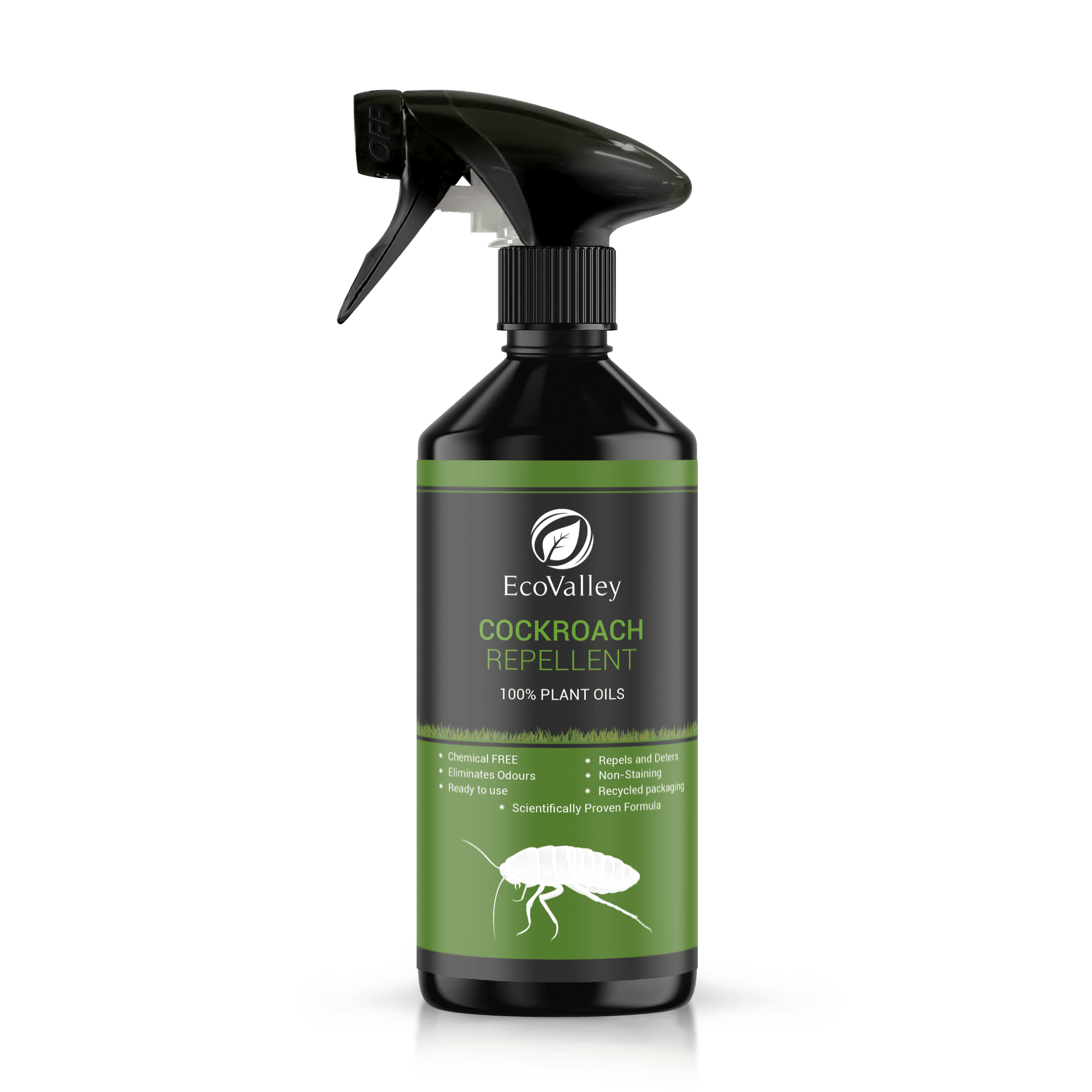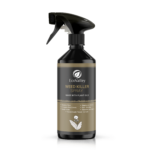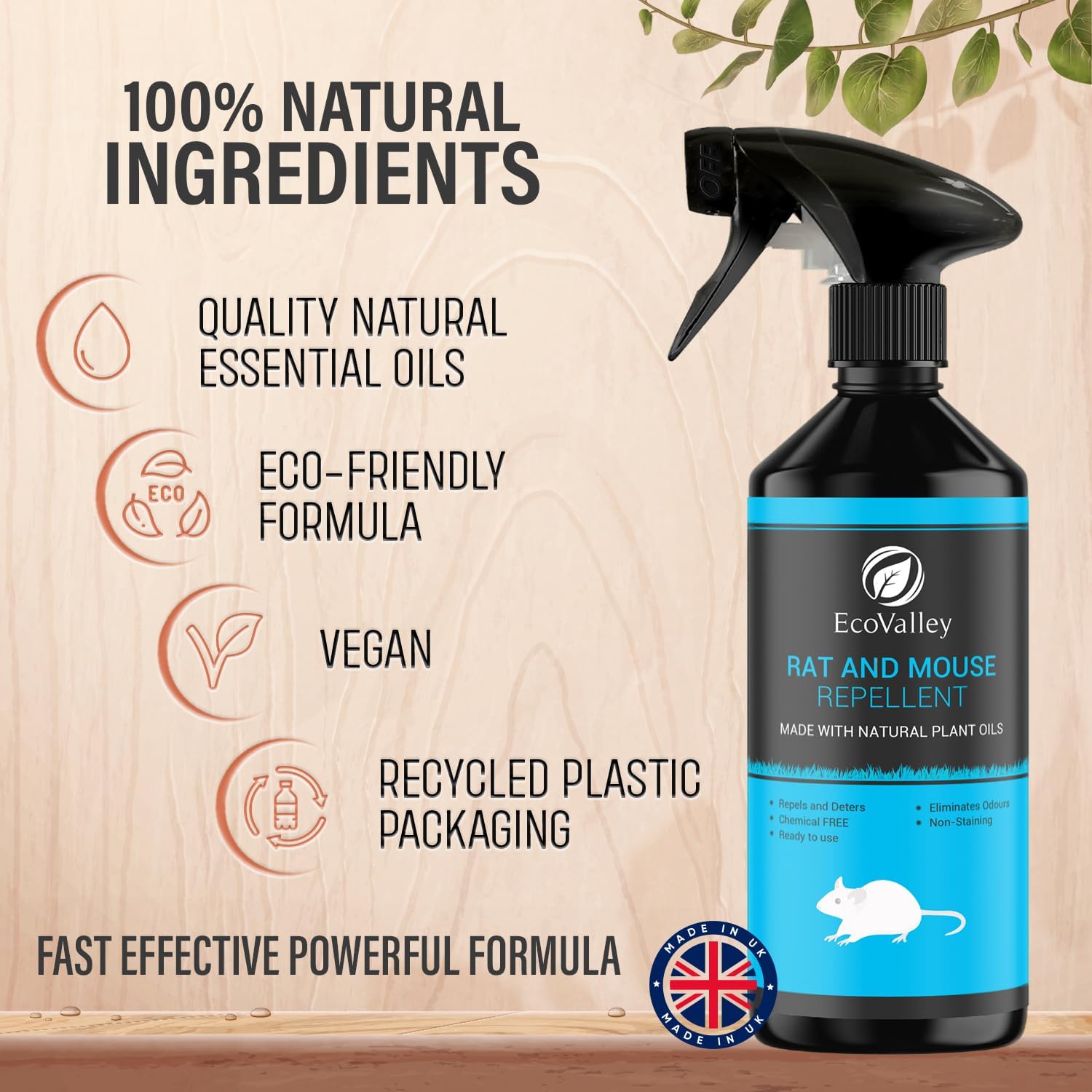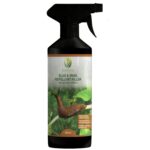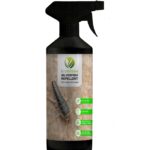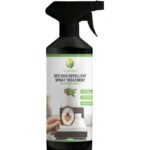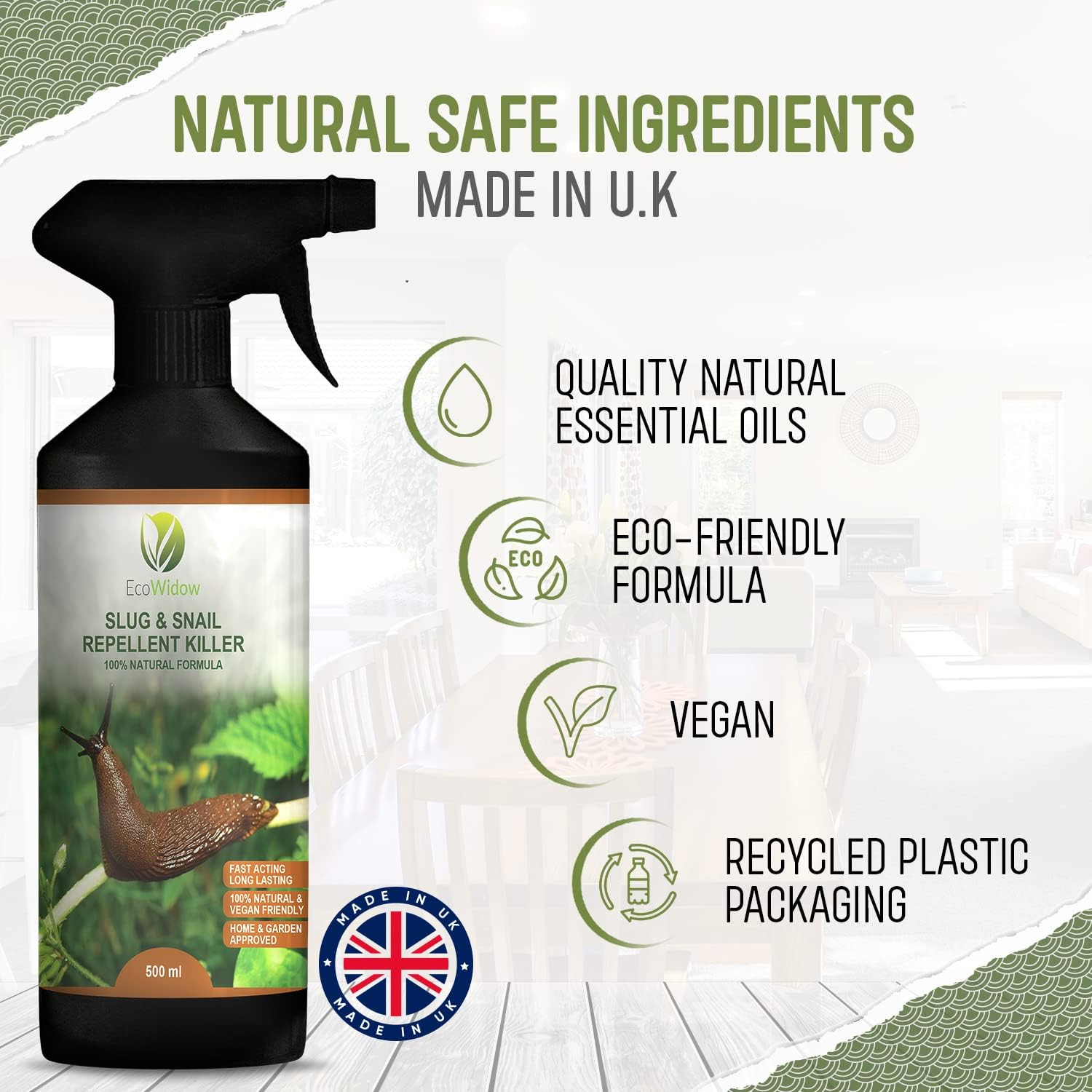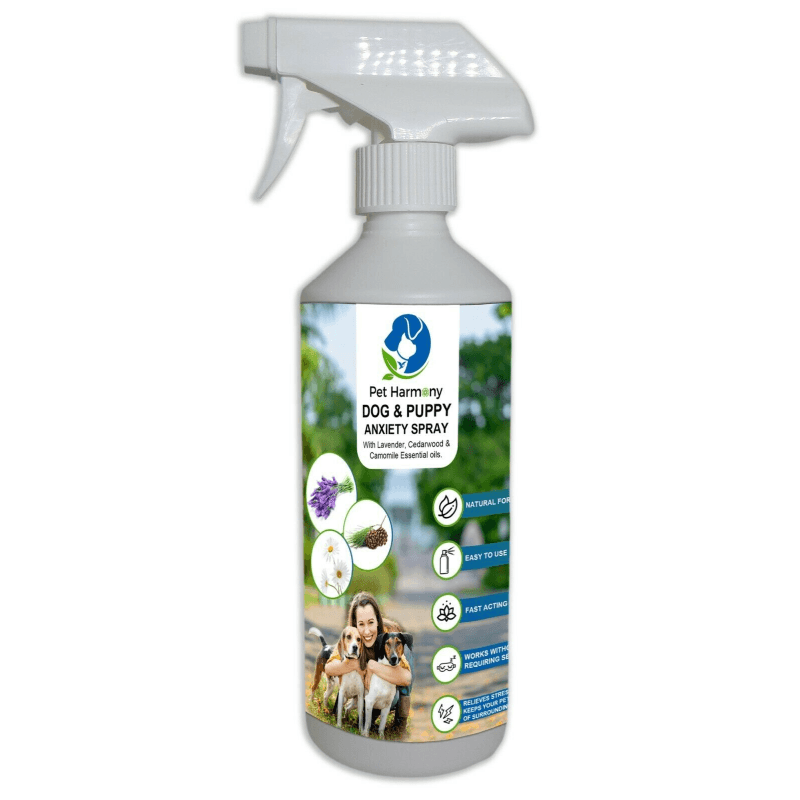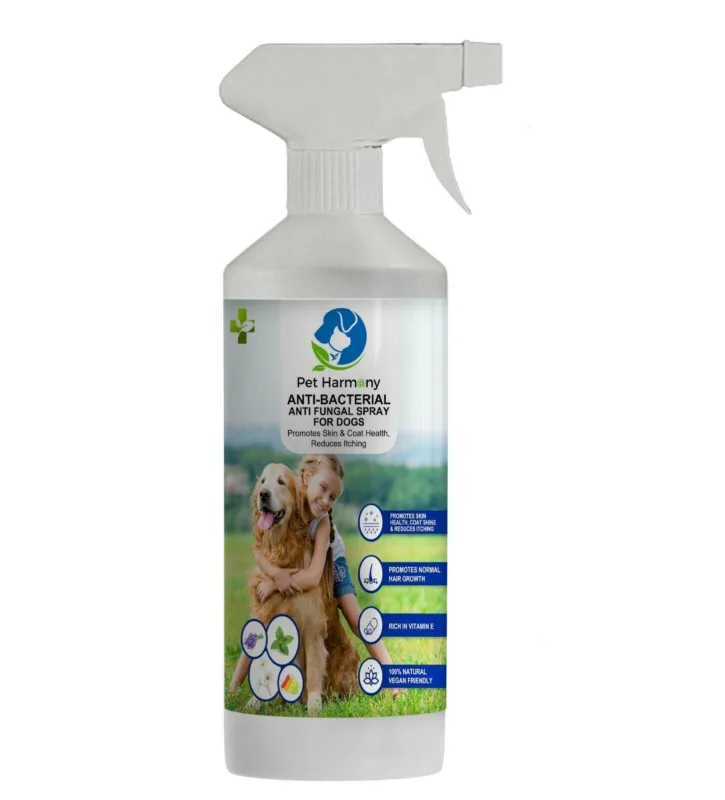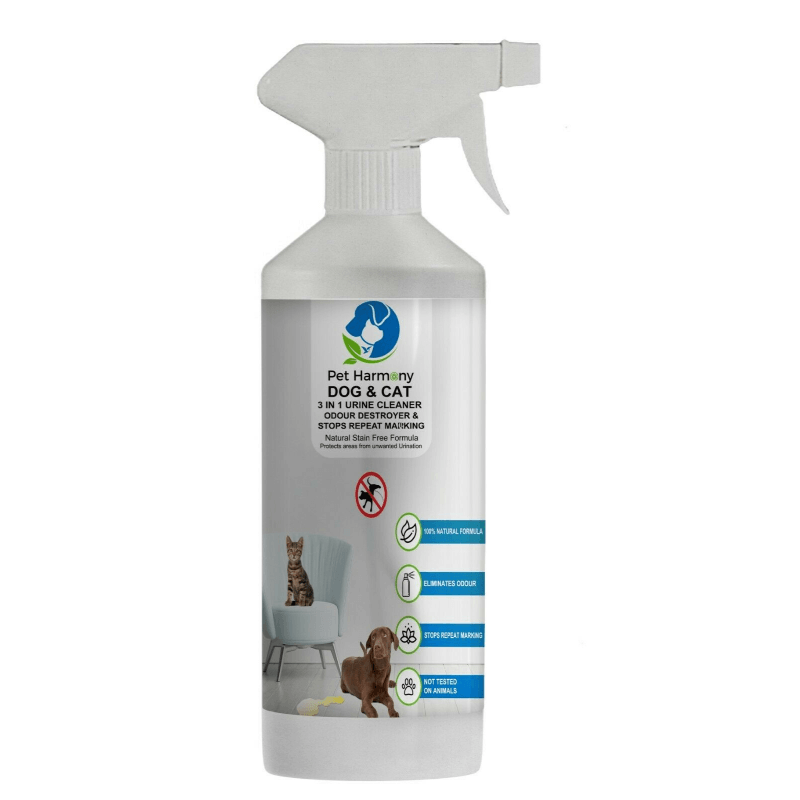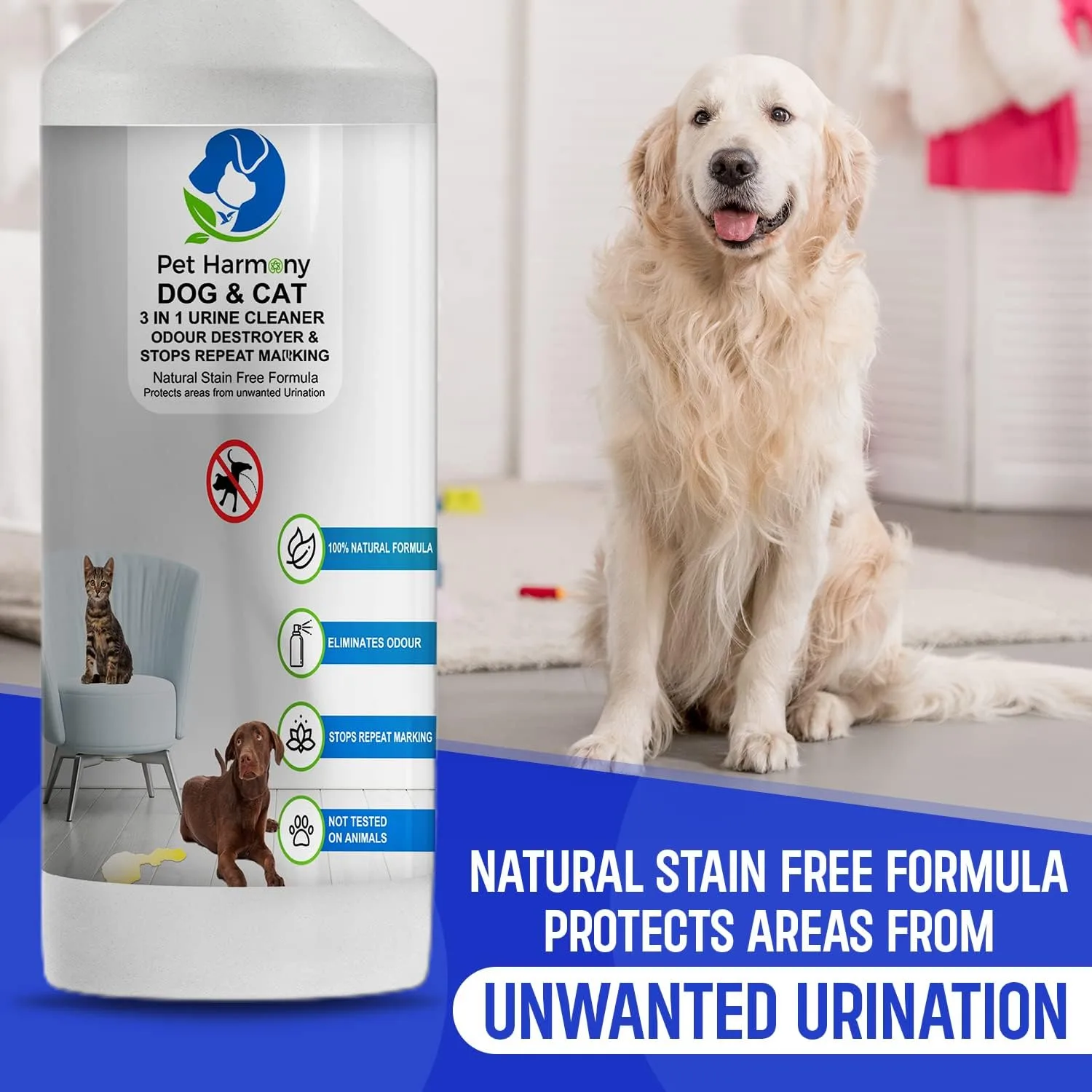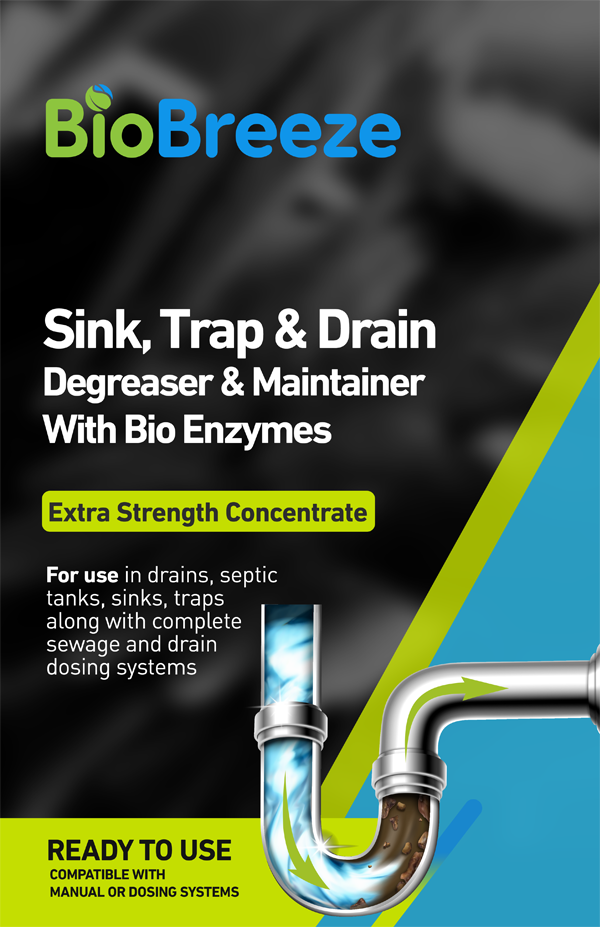Dogs are the best companions ever. They’re always there when you need them, and they make great house pets. But sometimes, their help is not needed. Many people believe that dogs are bad for your health. This is because dogs are known to cause a lot of anxiety and inflammation in the body. So how do you make your dog heal faster?
What are the benefits of healing dogs faster?
There are a few benefits of healing dogs faster. First, dogs are known to have an incredibly fast healing time. They have quick reflexes and can quickly heal any wound. Second, dogs are very friendly and loving animals. They love to be around people, and they will help you heal the wound even if you don’t have any medical experience. Third, dogs are natural healers. They know how to clean up wounds and help them heal faster than people can. fourth, dogs are easy to train. If you know how to properly train your dog, he or she will be able to help you heal wounds quickly and effectively.
Why are dogs so sensitive to pain?
Dogs are very sensitive to pain, just like humans are. Dogs have a much higher threshold for pain than we do. This means that when they experience pain, they tend to feel it more intensely than we do. Dogs also have a higher threshold for inflammation than we do. This means that when they experience inflammation, they tend to feel it more intensely than we do. So if you’re having problems with your dog’s health, it may be because of their pain sensitivity.
What if your dog was hurt?
If your dog is injured, it’s important to get them to the hospital as soon as possible. There are a lot of things that can go wrong during an injury, and getting your dog to the hospital can be one of them. Dogs can suffer from a lot of different injuries, and not all of them are easy to treat. If your dog is hurt, it’s important to make sure that you get them the care they need and that they heal quickly.
Can you heal a dog’s wound naturally?
There is no one-size-fits-all answer to this question. However, there are some things you can do to help speed up the healing process for your dog’s wound. First and foremost, make sure that you have a clean area to put your dog’s wound. This will help reduce the amount of inflammation and anxiety that will occur during the healing process. Also, apply pressure to the wound as much as possible. This will help reduce the amount of swelling and create a better environment for the healing process. Finally, keep your dog hydrated and close to you throughout the healing process.
How do you know if your dog is injured?
There are many ways to measure how injured your dog is. One way is to take a look at the Veterinarian’s report card. This report card will list the various injuries your dog has sustained over the years.
What are some common mistakes that people make when healing their dogs’ wounds?
One common mistake is not using a vet. A vet can help to prevent more serious injuries and remove any excess inflammation. Additionally, a vet can also prescribe antibiotics, which can help to heal the wound faster. Another common mistake is not using soap. Soap helps to clean the wound and also helps to stop the infection. Finally, you should use a bandage or wrap if necessary.
What type of treatment will I need to provide for this open wound?
When your pet was discharged from the hospital, you were given detailed instructions on how to care for him at home. Several general care instructions include the following: • It is critical to gently clean the incision and surrounding region to eliminate any crusty or sticky debris. This will keep the wound margins clean, limit the risk of re-infection, and allow for the development of new healthy tissue.
- Administer all drugs exactly as directed. Do not cease antibiotics for any reason unless your veterinarian has specifically ordered you to do so.
- Do not allow your dog to lick or chew on the open wound. Numerous dogs will require a protective collar (for more information, see the handout “Elizabethan Collars in Dogs”) to keep them from harming the site.
- It is critical to avoid excessive skin healing over the wound. This is especially critical for abscesses that have been surgically lanced and drained. Premature wound closure raises the likelihood of recurrence.
How can I keep the wound from closing prematurely?
Gently massage the surrounding area when cleansing the wound to open it and promote drainage. When you do this, you may notice some discharge or bleeding. Take note of whether the discharge appears to be infected (a thick or colored discharge) or whether it is a clear thin fluid. Either form of discharge should be removed or allowed to flow away. Contact your veterinarian if the discharge remains bloody, green, or yellow for several consecutive days.
What should I use to clean the wound?
The majority of wounds should be cleaned with warm tap water. Additionally, warm saline (salt solution) may be employed. This can be prepared by adding approximately one teaspoon (5 mL) of salt (or Epsom salts) to two cups (500 mL) of water. In some circumstances, your veterinarian may prescribe using a diluted chlorhexidine solution, surgical soap, or iodine solution to assist in the removal of debris.
Unless expressly instructed by your veterinarian, DO NOT use soaps, shampoos, rubbing alcohol, hydrogen peroxide, herbal remedies, tea tree oil, or any other substance to clean an open wound. Some of these products are hazardous when used internally, while others might slow the healing process.
Is it prohibited for me to use mild antiseptics?
Your veterinarian may prescribe antibiotics or an antibiotic cream suited for topical application to the wound. Because animals scratch and gnaw at wounds, accidentally eating drugs administered topically or disinfectants and antiseptics meant for human use is uncommon.
What if my dog attempts to lick the wound?
Many individuals believe that dog saliva is antiseptic in some way. This is demonstrably false, particularly when one observes how dogs groom themselves and greet one another. While a dog’s nature is to lick at a wound, this can significantly delay healing. As a result, you must avoid this at all costs. Elizabethan collars are the most frequently used form of protection. Other possibilities include covering the wound with a bandage, a stockinette, a dog coat, or a t-shirt, depending on the location of the lesion.
Should Dogs Lick Wounds to Aid in Their Healing?
Dogs lick wounds instinctively. They lick whatever is causing them pain. That is all they are capable of. The belief that dogs must lick wounds to heal them is so widespread that many cultures, including ancient societies, believed that dog saliva could also be used to heal human wounds. This notion has some validity in actuality but has developed mythic dimensions through time.
Use of dog healing spray
One of the best ways to speed up dog healing is to use Pet harmony natural dog healing spray. A dog healing spray is a spray that is specifically designed to help heal wounds and injuries. Many people believe that the use of a dog healing spray can speed up the healing process. You can also use this spray on puppies and kittens, as well as older dogs and cats. Dogs will usually lick the wound to clean it and promote healing.


To Lick or Avoid Licking Wounds
Is saliva capable of healing wounds? As improbable as it may sound, scientific data reveals that dog saliva, as well as human saliva, may have some antibacterial and antimicrobial characteristics. Dog saliva is mildly bactericidal against Escherichia coli (E. coli) and Streptococcus canis, two bacteria that can be transmitted from companion animals to humans. Additionally, a dog’s tongue is excellent at dislodging dirt from a wound. Nevertheless, the keyword in this study is “somewhat.” In terms of wound healing effectiveness, modern medicine has far exceeded saliva, with veterinary antiseptic medicines providing a superior alternative.
Licking Is More Harmful Than Beneficial
While licking may provide some protection against certain bacteria, there are major risks associated with allowing your dog to lick wounds. Excessive licking can irritate, resulting in hot spots, infections, and the possibility of self-mutilation.
Additionally, licking and chewing can impede recovery by reopening wounds. Dogs licking surgery sites are very harmful. Licking may dissolve sutures and reopen the wound, needing another visit to the veterinarian. The closure of reopened surgical wounds is frequently more complicated than the closure of initial clean wounds. That is why surgeons provide Elizabethan collars to their canine patients to wear while stitches are in place or until the incision is entirely healed.
Conclusion
In this guide, you will learn about the benefits of healing dogs faster and some of the common mistakes people make when attempting to do so. You will also learn how to use dog healing spray and why dogs are so sensitive to pain. By reading this guide, you will be able to heal your dog faster and avoid common dog healing mistakes.

